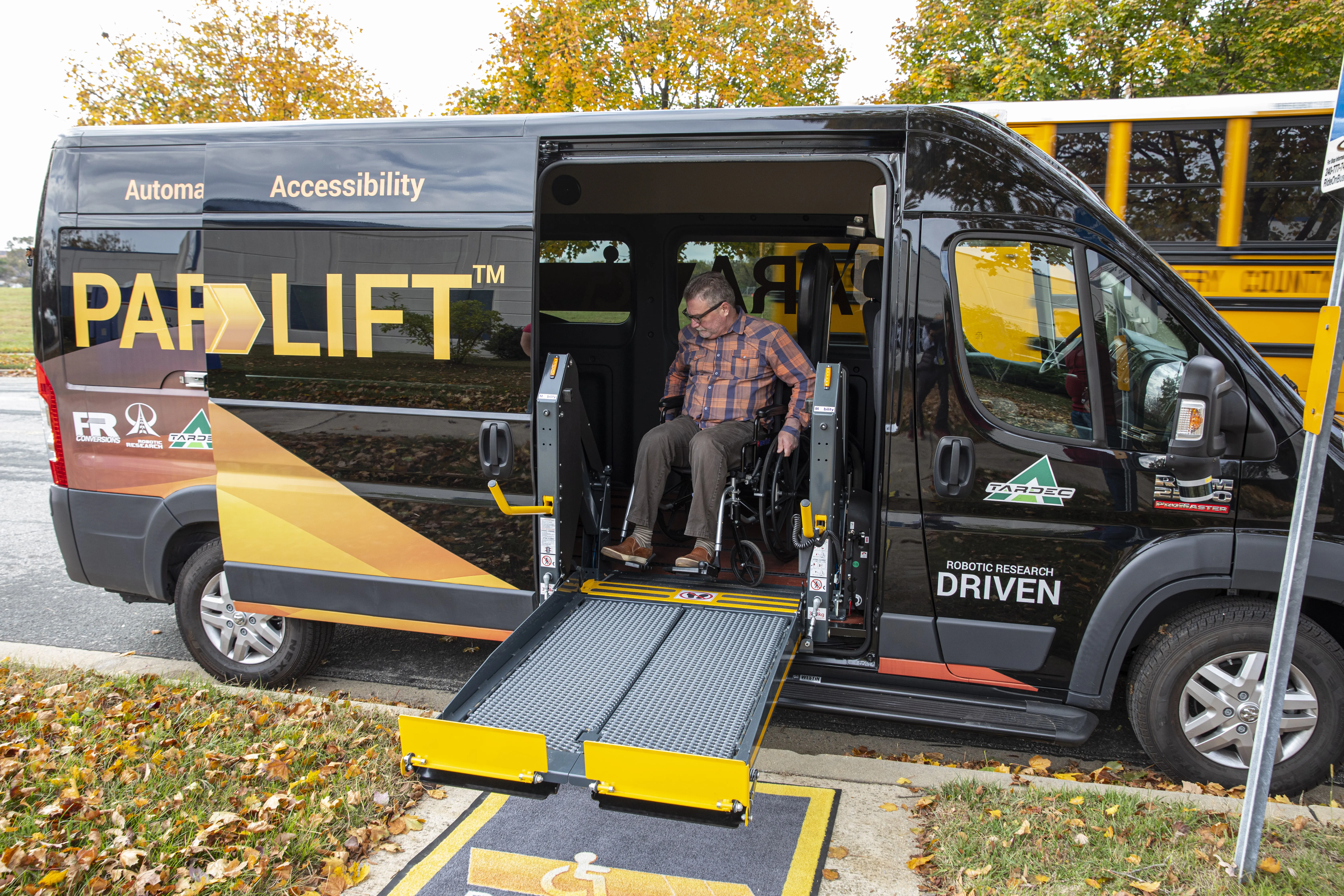Cubic Transportation Systems has been awarded a US$1.1 million, five-year contract extension from the University of Maryland (UMD) to upgrade its bus fleet management system, which currently features approximately 80 buses. They all have NextBus hardware capabilities, including GPS-based trackers, driver control units and automatic vehicle location to inform passengers of the place and time of bus arrivals.
Under the contract extension, Cubic will enhance UMD’s smart bus offering by providing features su
February 2, 2017
Read time: 2 mins
Under the contract extension, Cubic will enhance UMD’s smart bus offering by providing features such as automatic passenger counting, automatic voice announcement and turn-by-turn directions. The new technology will allow UMD’s transit staff to track passenger use in real time, through the use of automatic passenger counters, which enables the customer to gather data crucial for optimising operations and improving services.
NextBus’ automatic voice announcement system will use the vehicle’s public address system and onboard light-emitting diodes signs to announce upcoming stops, transfer points and custom messages from UMD’s transit staff. The turn-by-turn direction feature will act as the transit operators’ personal guide to help navigate UMD’s multiple shuttle routes and assist in the training process of new and prospective bus operators. The installation of this new system is expected to begin in February 2017.










